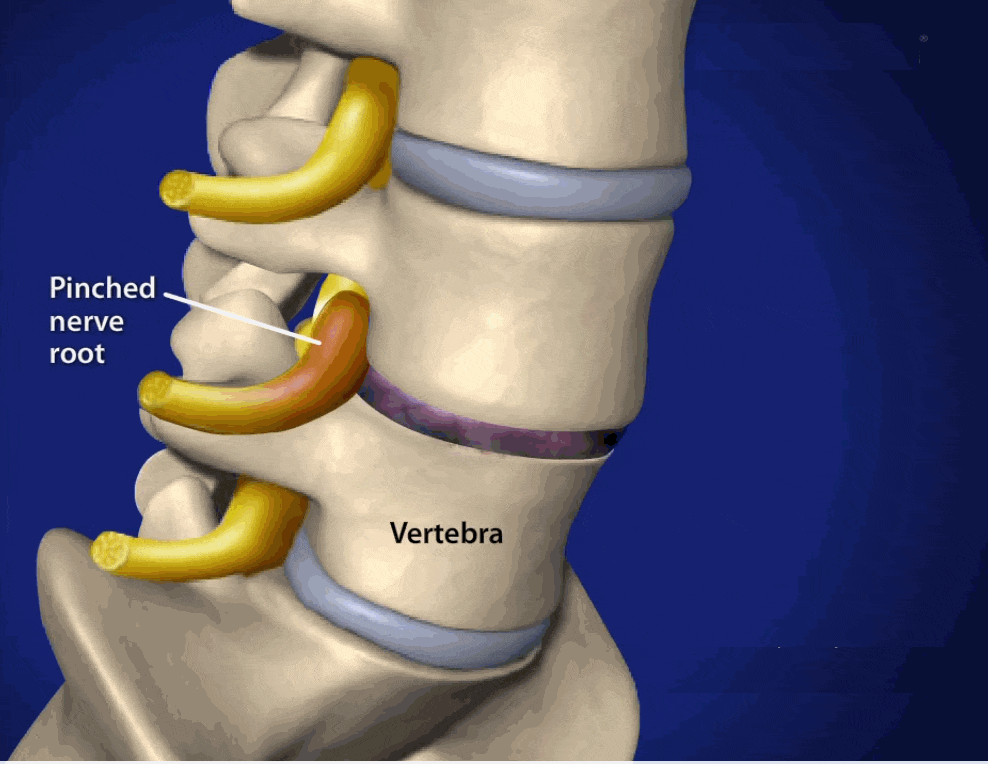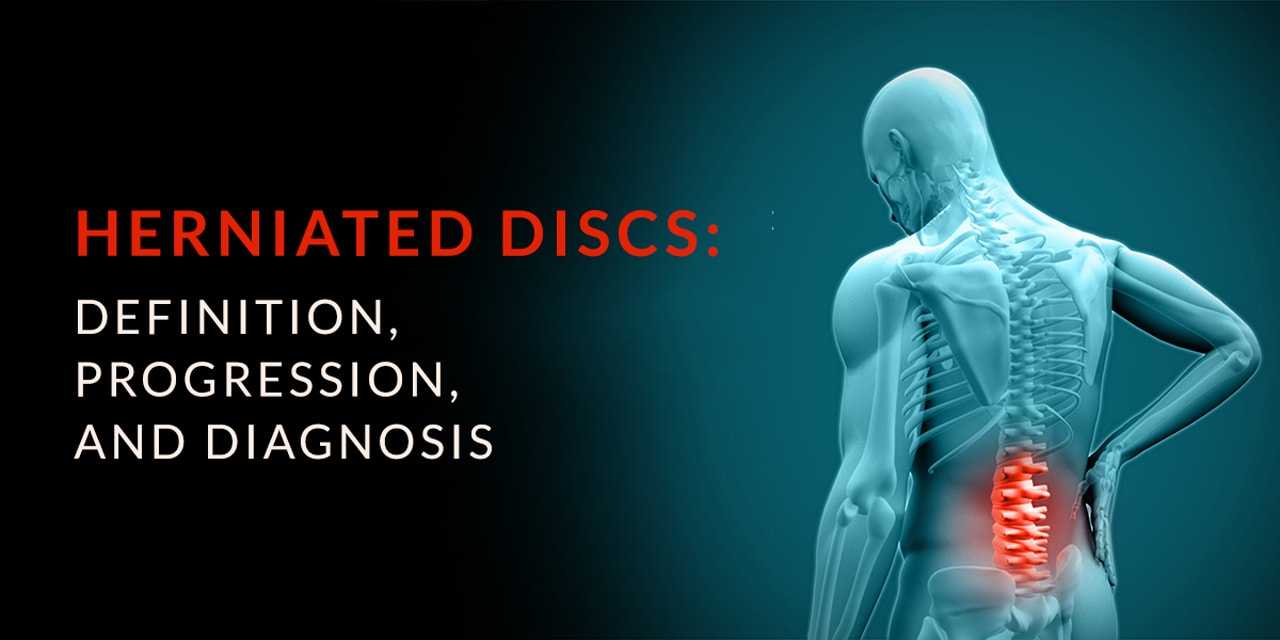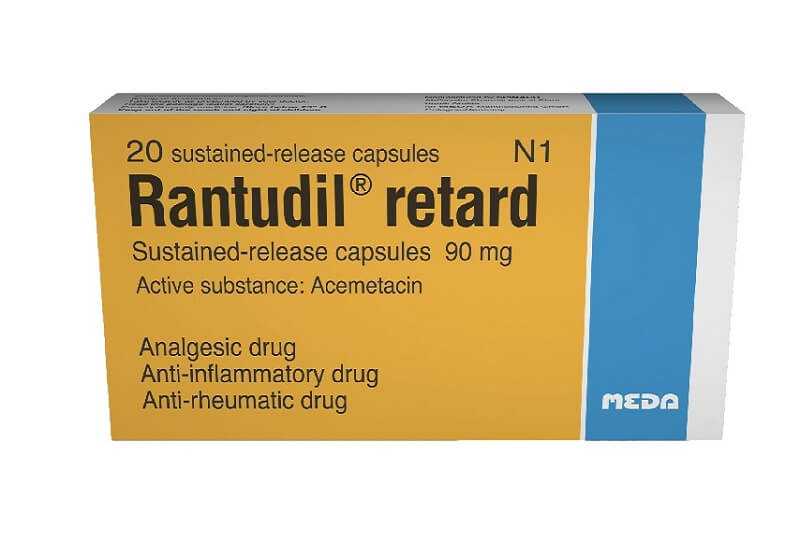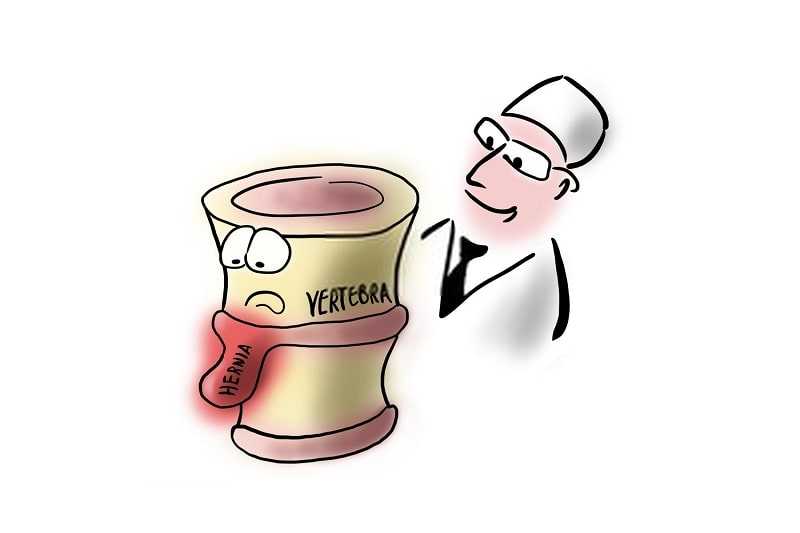Degenerative Disc Disease – Causes, Symptoms, and Treatment Options
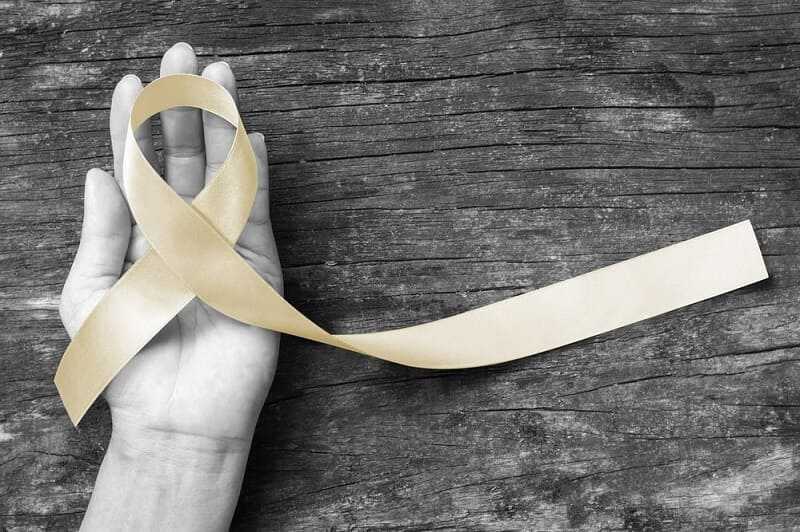
You may notice degenerative disc disease symptoms as you age. This is because degenerative disc disease is not actually a disease, but is a normal change in your spinal discs as you grow older. Your spinal discs are soft and compressible discs that actually separate the interlocking bones in your spine. They act as shock absorbers.
Without these discs, you would not be able to bend, twist, or flex your back. The most common areas in your spine that are affected are the lower back and the neck. However, degenerative disc disease can occur in any place where a disc is located.
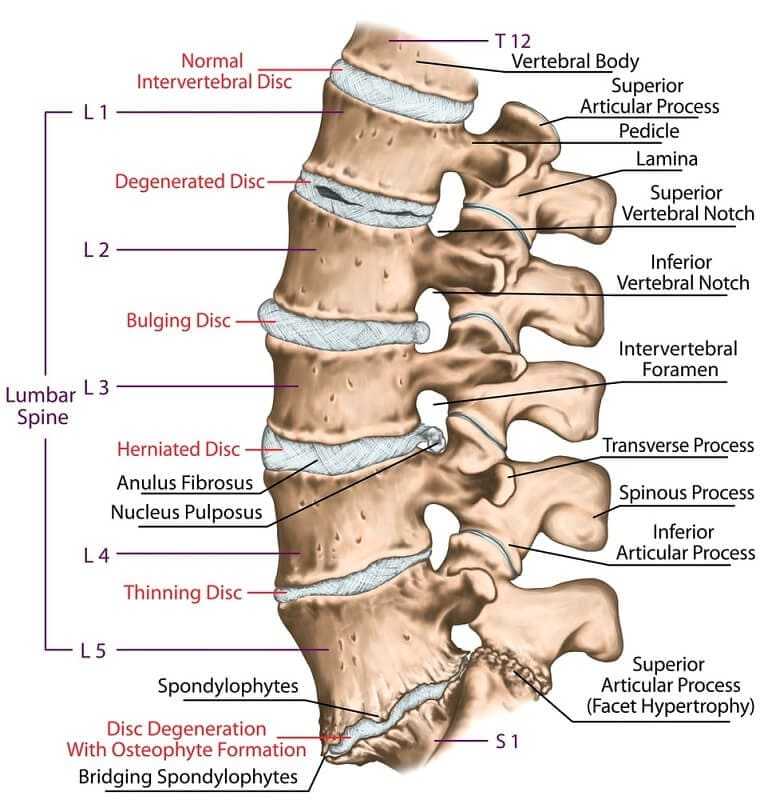
Degenerative Disc Disease Causes
Because this generally occurs as you age, there are common age-related causes for degenerative disc disease. You are more likely to suffer from it if you smoke or you have a job where you are constantly doing heavy lifting.
Age Related Causes
- Loss of Fluid in Discs – Loss of fluid will make the discs thinner, which will reduce the discs ability to act as shock absorbers. It also reduces their flexibility.
- Tears in the Disc – When a tear, even a tiny one, occurs in your disc, the jellylike material that is found inside the disc will seep through the tear. This will cause the disc to bulge, break open, or break into fragments.
While degenerative disc disease commonly occurs as you age, young people may suffer from a herniated disc as the result of a sudden injury. When this happens, the process may begin.
Degenerative Disc Disease – What Happens?
When the space between the vertebrae gets smaller, the padding is reduced significantly. This makes the spine less stable. Your body will begin to construct bone spurs, which are bony growths. These bone spurs will put pressure on your spinal nerve roots (spinal cord), which will cause pain and affect the nerve function.
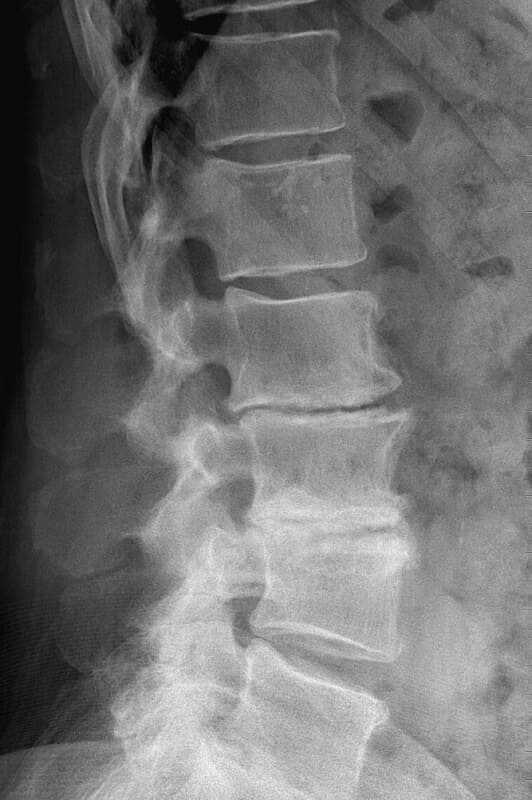
Degenerative Disc Disease Symptoms
Degenerative disc disease can cause pain in the back or neck. However, some people may not even experience pain. It will depend on you and how severe the damage is and where the damage has been done on the disc. Some people may experience pain in the neck or arm if the damage has occurred in the neck, while a disc that is affected in the lower back may cause pain in the back, buttocks, or leg.
You may experience increased pain when sitting, bending, lifting, or twisting. If you notice that the pain you are experiencing is less severe when you walk or run, lie down, or change positions, this could be symptoms of a damaged disc.
If the following symptoms occur, you should seek help immediately:
- Pain is disabling and/or getting more severe
- Weakness, pain, numbness or tingling in your leg or arm
- Loss of bladder or bowel control
Degenerative Disc Disease Treatment
Treating degenerative disc disease will vary depending on the damage that has been done to the disc. Many may be able to relieve pain by putting ice or heat on the affected area or by taking non-prescription pain medication. If these do not dull the pain, then your doctor may be able to prescribed stronger pain medication. Your doctor may prescribe physical therapy and special degenerative disc disease exercises to strengthen and stretch your back.
Unfortunately, degenerative disc disease treatment may result in surgery. This will involve removing the damaged disc. You may need to have your bone permanently fused to protect the spinal cord. It is possible to have artificial discs as a replacement.
Degenerative Disc Disease Exercises
Exercise cannot cure a damaged disc; however, exercise can help you to feel better and can possibly relieve some of the pain. Here are some different approaches to take for exercising if you have degenerative disc disease:
Stretching – Lumbar
- Hook-Lying March – Lie on your back with your knees bent. You will slowly start “marching.” Do this by alternately raising your legs three to four inches from the ground. Do this for 30 seconds at a time.
- Leg Raises – Lie on your stomach. Raise each leg alternately and hold it in place for 4 to 6 seconds.
- Bridging – Lie on your back and raise your buttocks from the floor. Hold for 10 seconds. Start slow and increase reps as you can.
Stretching – Hamstring
Stretching your hamstrings is important for treating sciatica, which is a common condition that most people with this disease suffer from. It is very painful and generally radiates pain down into the leg and foot. When your hamstrings are tight, your disc may become aggravated, which can lead to sciatica.
Stretch your hamstrings by simply lying on your back with your legs bent slightly. Lift each leg into the air as high as you can. Hold for 10 to 20 seconds. You can also sit down in a chair and raise your leg as high as possible. Make sure your heel is pointed to the floor. Perform once a day for a few minutes.
Aerobic
Including aerobic exercise in your workout will help to lower pain levels because it can release endorphins and increase the ability for your body to tolerate pain. You should only perform low-impact aerobics, such as:
- Walking
- Jogging
- Cycling
- Swimming

Degenerative disc disease is something that many people suffer from, if not from aging, then from an injury. If you experience degenerative disc disease symptoms, contact a doctor to determine which course of action will best benefit you.

